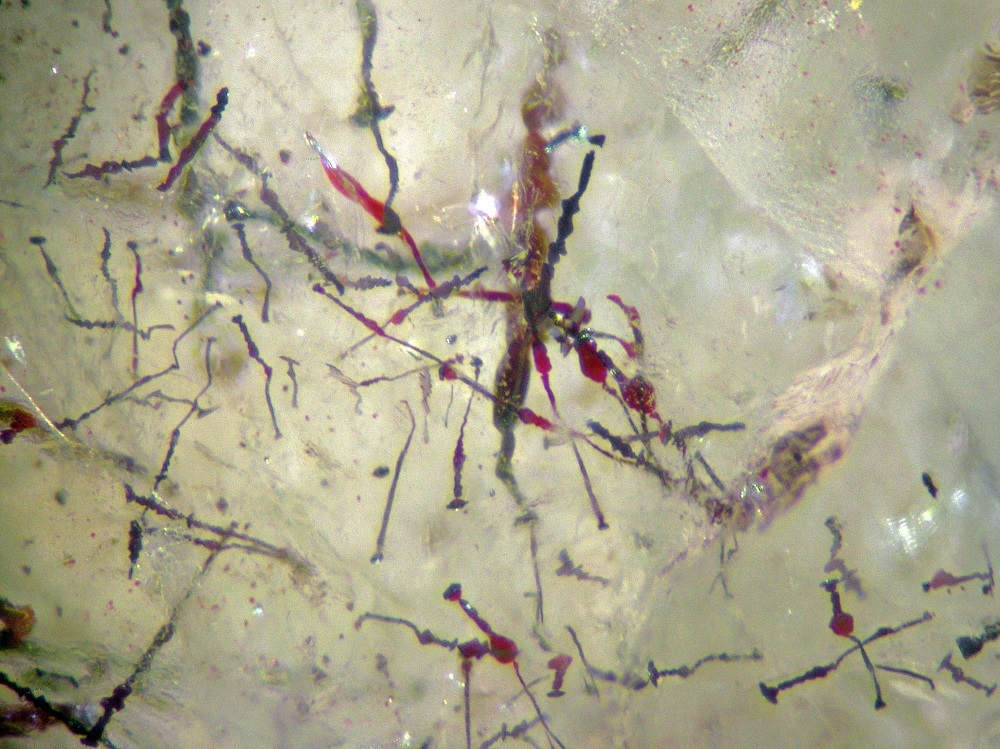Home PageAbout MindatThe Mindat ManualHistory of MindatCopyright StatusWho We AreContact UsAdvertise on Mindat
Donate to MindatCorporate SponsorshipSponsor a PageSponsored PagesMindat AdvertisersAdvertise on Mindat
Learning CenterWhat is a mineral?The most common minerals on earthInformation for EducatorsMindat ArticlesThe ElementsThe Rock H. Currier Digital LibraryGeologic Time
Minerals by PropertiesMinerals by ChemistryAdvanced Locality SearchRandom MineralRandom LocalitySearch by minIDLocalities Near MeSearch ArticlesSearch GlossaryMore Search Options
The Mindat ManualAdd a New PhotoRate PhotosLocality Edit ReportCoordinate Completion ReportAdd Glossary Item
Mining CompaniesStatisticsUsersMineral MuseumsClubs & OrganizationsMineral Shows & EventsThe Mindat DirectoryDevice SettingsThe Mineral Quiz
Photo SearchPhoto GalleriesSearch by ColorNew Photos TodayNew Photos YesterdayMembers' Photo GalleriesPast Photo of the Day GalleryPhotography
╳Discussions
💬 Home🔎 Search📅 LatestGroups
EducationOpen discussion area.Fakes & FraudsOpen discussion area.Field CollectingOpen discussion area.FossilsOpen discussion area.Gems and GemologyOpen discussion area.GeneralOpen discussion area.How to ContributeOpen discussion area.Identity HelpOpen discussion area.Improving Mindat.orgOpen discussion area.LocalitiesOpen discussion area.Lost and Stolen SpecimensOpen discussion area.MarketplaceOpen discussion area.MeteoritesOpen discussion area.Mindat ProductsOpen discussion area.Mineral ExchangesOpen discussion area.Mineral PhotographyOpen discussion area.Mineral ShowsOpen discussion area.Mineralogical ClassificationOpen discussion area.Mineralogy CourseOpen discussion area.MineralsOpen discussion area.Minerals and MuseumsOpen discussion area.PhotosOpen discussion area.Techniques for CollectorsOpen discussion area.The Rock H. Currier Digital LibraryOpen discussion area.UV MineralsOpen discussion area.Recent Images in Discussions
Improving Mindat.orglepidocrocite photo-684198.html
21st May 2015 15:53 UTCTom Mortimer Expert
"The red inclusions in many quartz crystals, often labelled by sellers as "lepidocrocite", are in fact normally hematite. We are unaware of any analytically confirmed red translucent scaly lepidocrocite as inclusions in quartz crystals. Likewise, colourfully iridescent mammillary "turgite" crusts are sometimes sold as "lepidocrocite" but are usually goethite."
This begs the question: How was the determination made for the specimen shown in photo 684198?
A similar mineral occurrence has been found at Center Ossipee, NH, USA, as shown in the attached photo, (5 mm field of view). Based in part on the above mindat statement, collectors have been labeling these inclusions as hematite.
Tom Mortimer
21st May 2015 16:04 UTCRob Woodside 🌟 Manager
21st May 2015 16:53 UTCPascal Chollet Expert
Hematite was my first opinion. but I saw such samples from this locality called lepidocrocite in magazines, so I called it the same.
Fixed now.
I also added lepidocrocite to the mineral list while uploading the photo. I have changed it to "erroneously reported", with a link to this page as comment.
Regards
Pascal
21st May 2015 17:18 UTCTom Mortimer Expert
21st May 2015 18:32 UTCRob Woodside 🌟 Manager

21st May 2015 22:32 UTCcascaillou
-cacoxenite inclusions in quartz are actually goethite inclusions
-lepidocrocite inclusions in quartz are actually hematite inclusions
-hedenbergite inclusions in green prasem quartz are actually mostly actinolitic amphibole inclusions
I also have doubts about so-called celadonite inclusions in quartz from madagascar, which to my knowledge have never been confirmed by any analysis (so these could possibly be another green mica group mineral, or even some chlorite group mineral).




Mindat.org is an outreach project of the Hudson Institute of Mineralogy, a 501(c)(3) not-for-profit organization.
Copyright © mindat.org and the Hudson Institute of Mineralogy 1993-2024, except where stated. Most political location boundaries are © OpenStreetMap contributors. Mindat.org relies on the contributions of thousands of members and supporters. Founded in 2000 by Jolyon Ralph.
Privacy Policy - Terms & Conditions - Contact Us / DMCA issues - Report a bug/vulnerability Current server date and time: April 25, 2024 17:11:15
Copyright © mindat.org and the Hudson Institute of Mineralogy 1993-2024, except where stated. Most political location boundaries are © OpenStreetMap contributors. Mindat.org relies on the contributions of thousands of members and supporters. Founded in 2000 by Jolyon Ralph.
Privacy Policy - Terms & Conditions - Contact Us / DMCA issues - Report a bug/vulnerability Current server date and time: April 25, 2024 17:11:15











